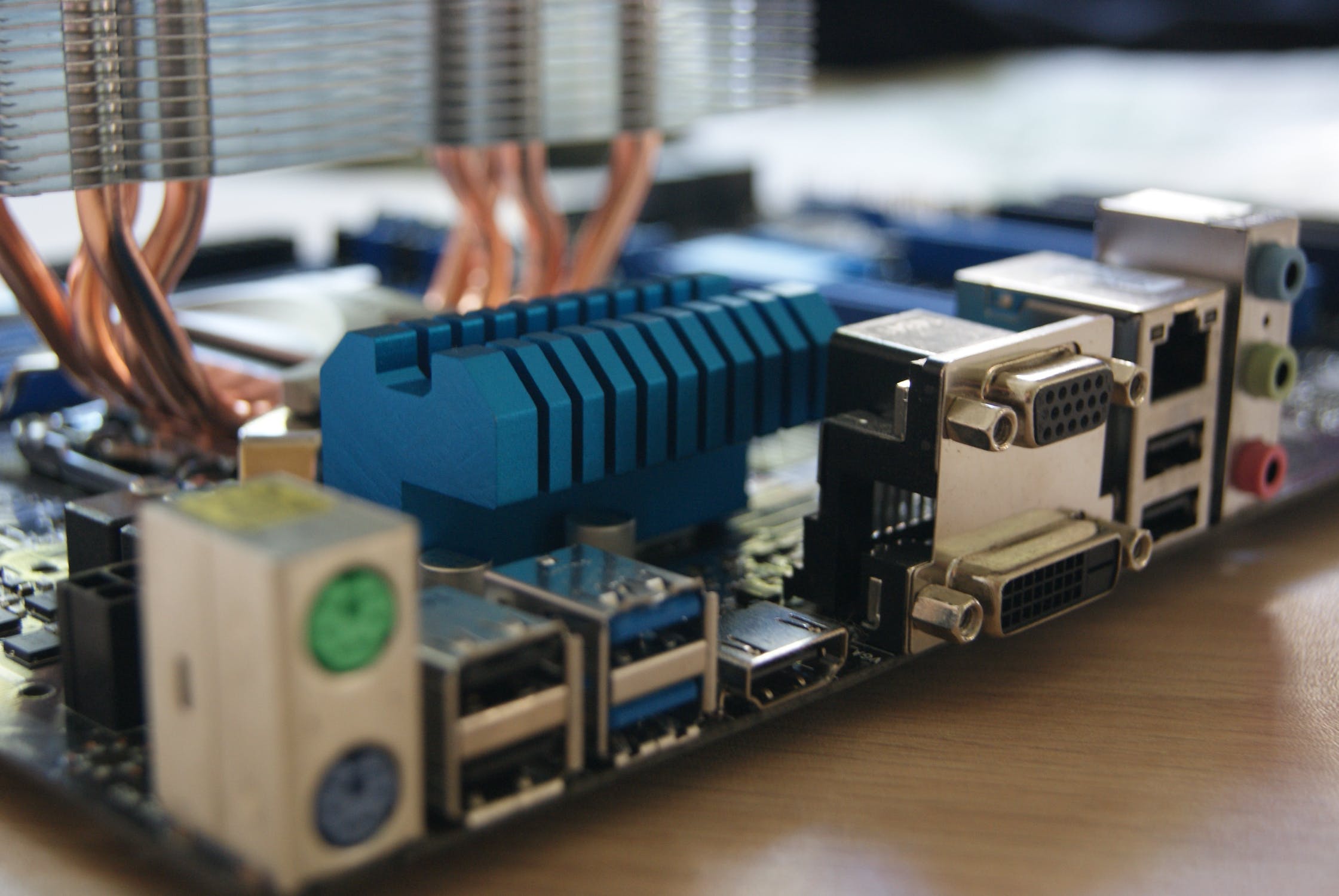
Cisco Training will Allow Network Teams to Create Better Network Design Blueprints
Networking is a key element that's essential for building any IT business. But how do you deal with the whole idea of creating a better network design blueprint if you are not considering expanding your design skills? Before you begin, the first thing you need to consider is what contributes to a successful design. Creating a network blueprint helps in carving out logical network designs out of a physical device. By doing the blueprints, you can establish a public-facing subnet that helps with web application hosting. Moreover, a more complex design blueprint can even allow you to connect your public cloud resources with non-internet or a private corporate data center.
Next, you must be able to spot the problems to be a great network designer. Self-assessment can help you with this. Assessment has many important aspects, such as performance (bad equipment choice, network bottlenecks), and network configuration (attention to small details and execution of design). However, a network can have many more flaws in the design that may only become obvious at implementation. Just like it is important for the implementation to be smooth, the design needs to be flawless too. If the design is faulty, even the best implementation method wouldn't really do much to compensate. With Cisco training and certification such as CCNA certification and CCNP certification in hand, your team can utilize the Craftsmen Assessment tool to discover and fix important flaws and design problems before giving it the required support for full implementation.
Discovering the Basics for Network Design
Every business, regardless of its size and industry, requires information and computer networks for success. These networks are critical for supporting services and applications, connecting people, and allowing instant access to the resources that keep the business going. In order to keep up with the daily requirement and the changing trends in the industry, networks are becoming quite complex. Thus, it makes it even more important for businesses to offer Cisco training and certification to its team to be able to deal with the growing complexities of the system.
So why do businesses need to create better design blueprints? Here are the basic reasons:
Networking Requirements
There has been a sudden surge in demand for customer services lately. The internet-based economy is demanding more and better services, which also means that the networks need to be available around the clock.
In addition to ensuring great services, the networks should also be smart and strong enough to protect itself against security breaches and incidents. It should be designed in a way that automatically adjusts to the fluctuating traffic loads for maintaining consistent application time. With Cisco training, the team may fail to construct a practical network that protects itself as well as connects various standalone components to offer satisfying customer services 100 percent of the time.
Great Network - How to Build One
Good networks require planning and designing. Without a blueprint, you cannot work towards an end goal. Great networks are a result of hard work by network technicians and designers, who identify network requirements and pick only the best and most relevant solutions to meet the business needs.
The following steps can help you construct a better network design blueprint:
- Verify the technical requirements and business goals
- Determine the functions and features required to meet the goals identified above
- Perform an assessment to determine the network-readiness for further processing
- Come down to a solution and prepare a site acceptance plan for testing
- Finally, create a project plan
Once these steps are taken care of, get to designing a good network and think of a successful project implementation plan to move forward.
With Cisco training in hand, the networking engineers and technicians are in a better position to cater to the complexity of each project in the underlying network. They consider the network as a way of accessing the required application whenever needed.
What Does a Successful Network Looks Like
Keeping the current trends and requirements in mind, most businesses may have all or few of the following requirements from the network to declare it successful:
- The network must run successfully around the clock. In case of any glitch - like failed links, overload conditions, or equipment failure - it should have an automatic backup system that causes no harm to the network services.
- The network must be able to deliver smooth applications and offer reasonable response times depending on the host it is serving.
- The networks must have a strong security backup. It should not only be able to store the data but should also be able to protect the data that is transmitted through it - along with the other devices that are connected together.
- It should be easier to modify the network to adapt to general business changes, changing trends, and network growth.
- The troubleshooting of the network should also be easy. It is important to keep a margin for failures as they are more common than you think. Identifying and fixing the glitches must not take a lot of time.
Conclusion
The wealth of information and material that Cisco offers through training and certification makes crafting the design blueprint, documentation, and implementation easier. Check for Cisco courses that particularly concern design. Courses like CCDP certification and CCDA certification could be a prerequisite in many organizations if you are applying as a professional networking designer.
To learn more about Cisco courses that perfectly matches your requirement, get in touch with one of our Cisco experts today.
